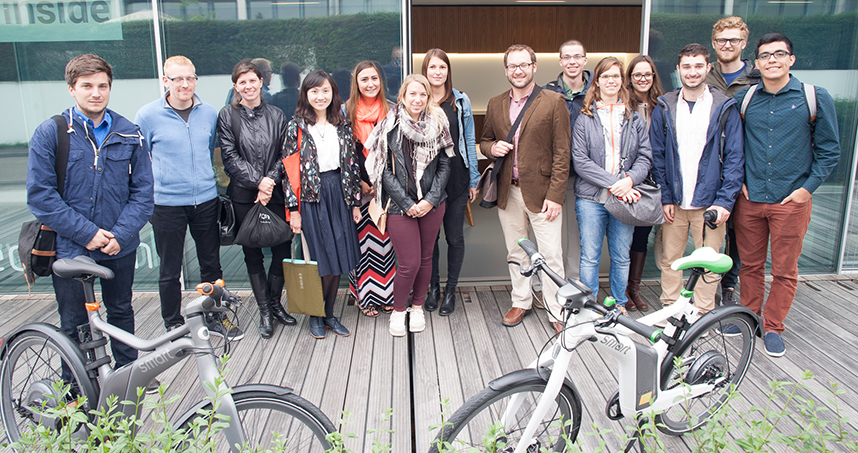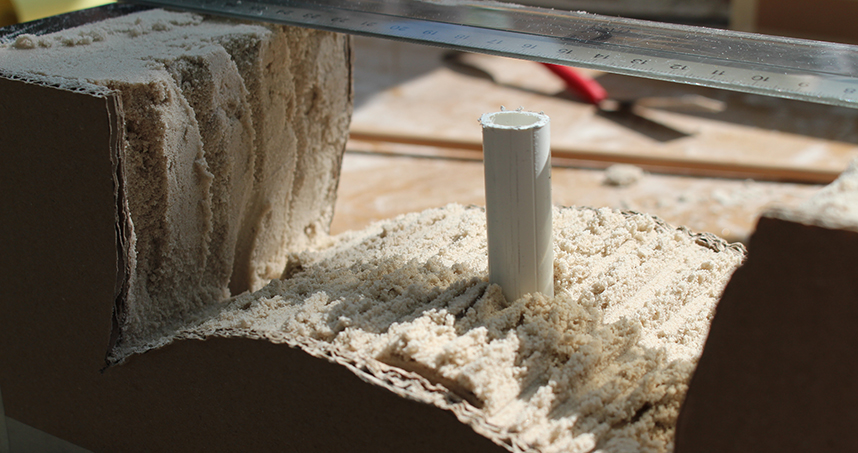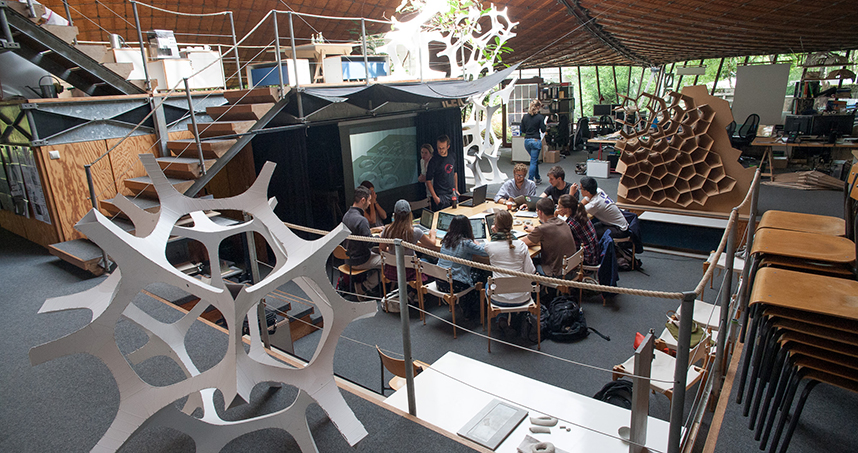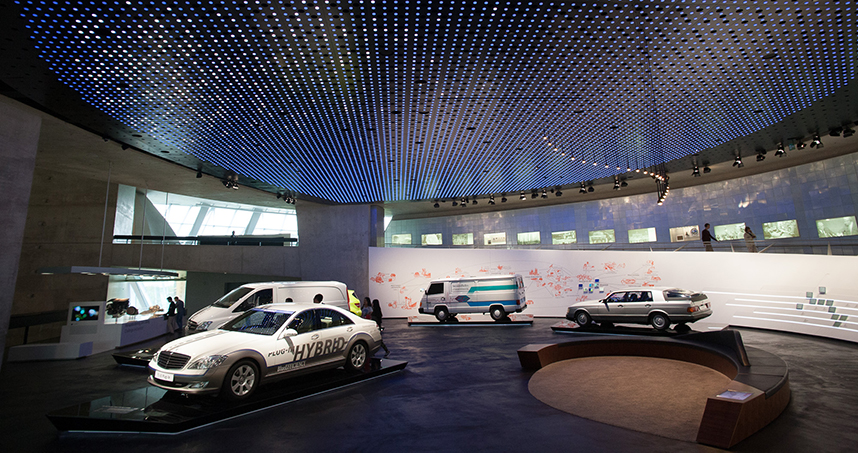Architecture Students Study in Stuttgart
From the swirling layers of the Mercedes-Benz Museum to the brick-laden 10th century Old Castle, the architecture of Stuttgart, Germany is a mix of medieval structures and post-modern whimsy.
Last month, six Northwestern students in the Architectural Engineering and Design (AED) program had the opportunity to marvel at Stuttgart’s buildings up close. Every two years, the program sponsors a five-day trip to a European city, where students study with internationally renowned architects and become immersed in local history and culture.
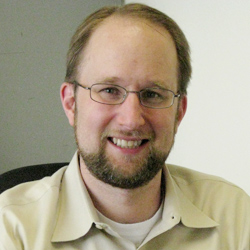 “Stuttgart was the perfect setting for our students because of its rich history in engineering and architectural innovation,” said David Corr, the Charles Deering McCormick University Distinguished Clinical Professor of Civil and Environmental Engineering. Corr co-led the trip with Scott Cyphers, who teaches in the program and is a principal at architecture firm Booth Hansen.
“Stuttgart was the perfect setting for our students because of its rich history in engineering and architectural innovation,” said David Corr, the Charles Deering McCormick University Distinguished Clinical Professor of Civil and Environmental Engineering. Corr co-led the trip with Scott Cyphers, who teaches in the program and is a principal at architecture firm Booth Hansen.
The five days were filled with architectural tours, museum visits, and hands-on design activities with the University of Stuttgart’s Institute for Lightweight Structures and Conceptual Design (ILEK). Led by renowned structural engineer and ILEK director Werner Sobek, students studied formwork and surface techniques for concrete structures. In the end, they were able to use their new knowledge to design and build a concrete catenary arch, as made famous by Catalan architect Antoni Gaudi.
Sobek and his team shared the ideology behind their work, explaining that they attempt to find the “spirit of the material.” They also showed students one of their new projects: a prototype for a zero-energy, zero-water, and zero-emission residence.
“A few of Sobek’s words really stuck with me,” said Northwestern Engineering senior Guadalupe Gomez. “He said, ‘The art of engineering and invention is finding the borderline between the possible and impossible.’ I think that is something to continually strive for and to be consciously aware when you cross that line.”
Other Northwestern Engineering student attendees included Gina Baldea, Michael Hopkins, Brett Horin, Liying Li and Andrew Sonta.
The AED certificate program prepares next-generation engineers to create spaces and structures that not only meet functional needs but are also attractive and exciting. By sponsoring study in Europe, the program challenges its students to understand the ideas behind the designs built in different environments. Currently studying abroad in Barcelona, Gomez agrees with this concept.
“During my stay in Barcelona, I have learned in detail the thought process behind the civil engineer who designed the city’s grid,” he said. “Now I am able to see and live his master plan. Traveling gives us experiences that we do not get by merely analyzing drawings and plans.”
